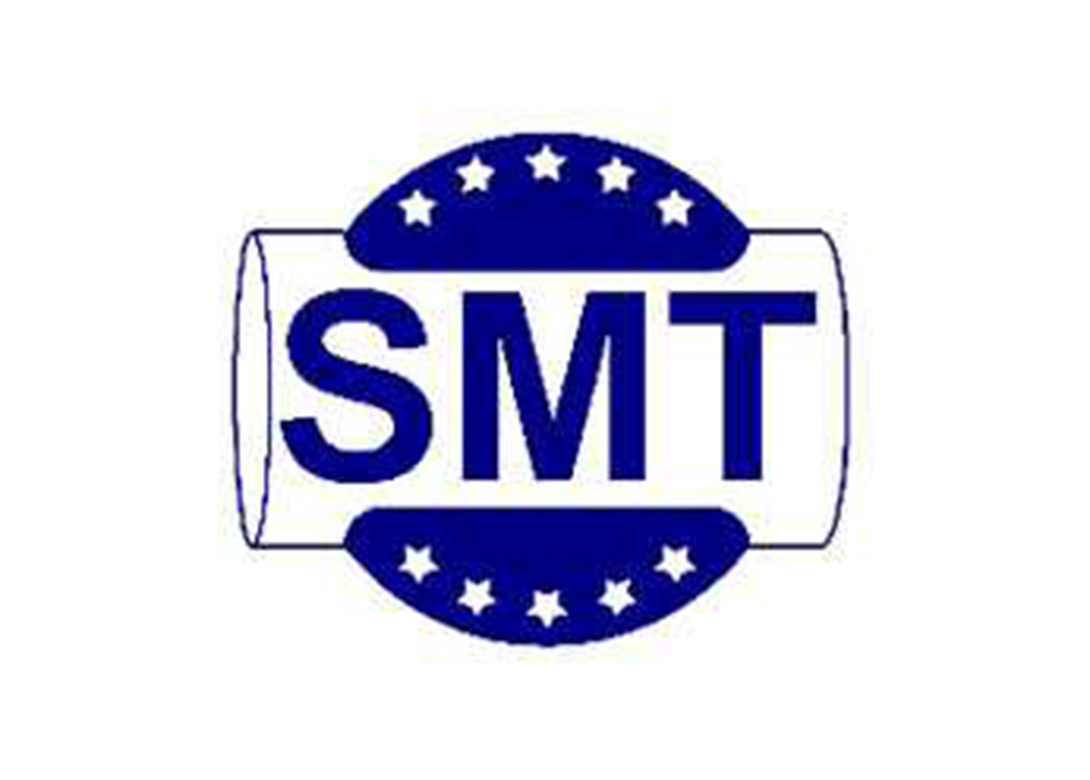
Here Cesare Certini, owner of SMT Srl – an independent Italian laboratory specialised in metallurgical testing – focuses on whether the threading of threaded rod can impact the mechanical properties.
In the context of fasteners, the threaded rod plays a secondary role. In reality, these fasteners have a wide use, ranging from oil and gas, to construction, to lifting systems, all sectors where quality and safety are of considerable importance.
The raw material used by producers is the peeled bar or the cold drawn bar, which is generally requested as already treated and with mechanical values in compliance with the product standards such as ASTM A193 (Grades B7, L7, etc), EN ISO 898-1 (Classes 8.8, 10.9, 12.9), and EN 10277.
The production cycle is simple, the cold finished bar is cut to length, chamfered and then threaded. Threading can be carried out in two ways – by turning or by plastic deformation performed by means of two cylindrical rollers.
In this article I will investigate the effect that this deformation has on the mechanical properties of the threaded rod. In order to carry out this test, Bonfatti Filettature Srl, one of the most important Italian producers of threaded rods, provided us with six bars that were half threaded, while the other half was left as received from the drawing mill.
This process allowed us to perform a comparison of the mechanical properties between a threaded bar and a smooth threadless bar using the same bar – eliminating the variable given by different raw materials.
The tensile test of the threaded bars was performed on the specimen part in order to verify the effect of the thread. This operation was carried out at the SMT Srl laboratory in Pozzo d’Adda, thanks to the use of an extremely powerful Amsler tensile machine such as the 1,000kN.
The tests carried out on the threadless section was instead carried out on specimens obtained and tested in compliance with the product standards.
The results, visible in the following tables, show that the rolling operation does not have a great influence on the tensile test. A slight difference can be found in two cases, and exclusively in regards to the yield strength in any case. However, the results obtained comply with the reference standards.
For the sake of completeness, comparative impact tests were also performed in three cases. No differences were expected because in this case it was the same specimen for both threaded and smooth bars and because the work hardening given by the threading is superficial and not able to affect the area where the impact test is obtained. In fact, that is what happened, the differences between tests performed on the threaded part and those on the smooth part are practically non-existent.
In conclusion, we can say that the rolling operation does not significantly alter the mechanical properties. In particular, tensile strength, elongation, reduction of area and impact test are not affected – while in a couple of cases we have found a lowering of the yield values after rolling. We will look at the reasons for this lowering in a future article in Fastener + Fixing Magazine.
www.smtsrl.com
Will joined Fastener + Fixing Magazine in 2007 and over the last 15 years has experienced every facet of the fastener sector - interviewing key figures within the industry and visiting leading companies and exhibitions around the globe.
Will manages the content strategy across all platforms and is the guardian for the high editorial standards that the Magazine is renowned.
Don't have an account? Sign Up
Signing up to Fastener + Fixing Magazine enables you to manage your account details.